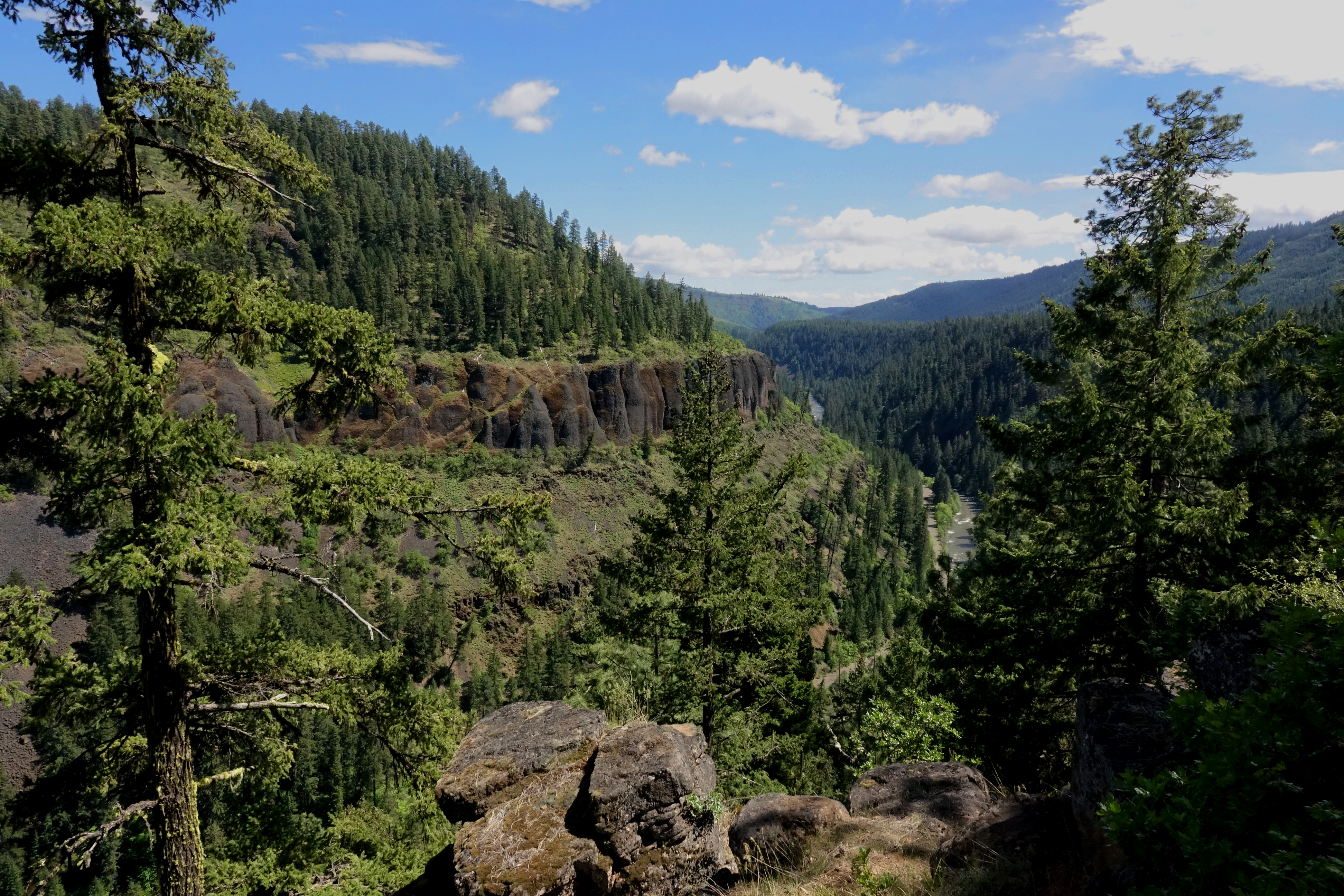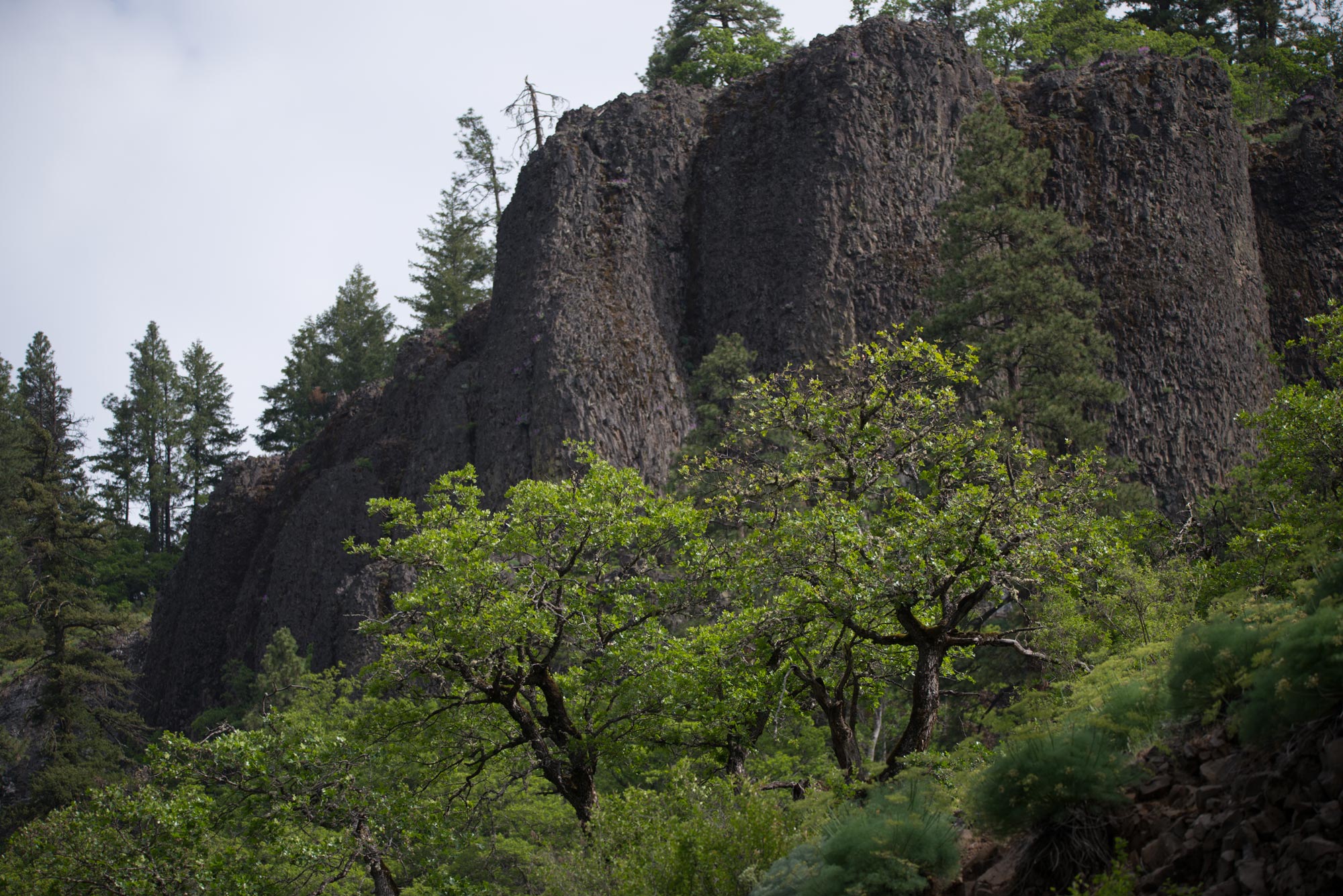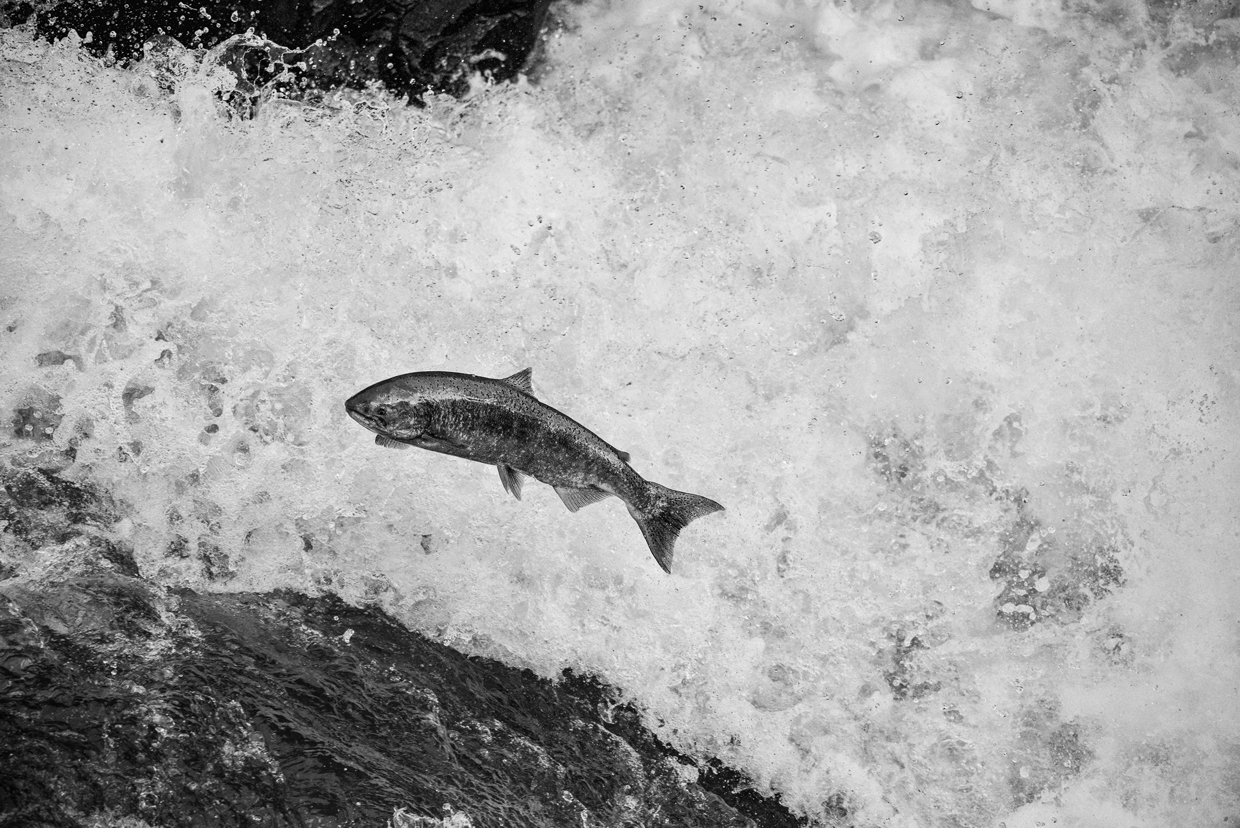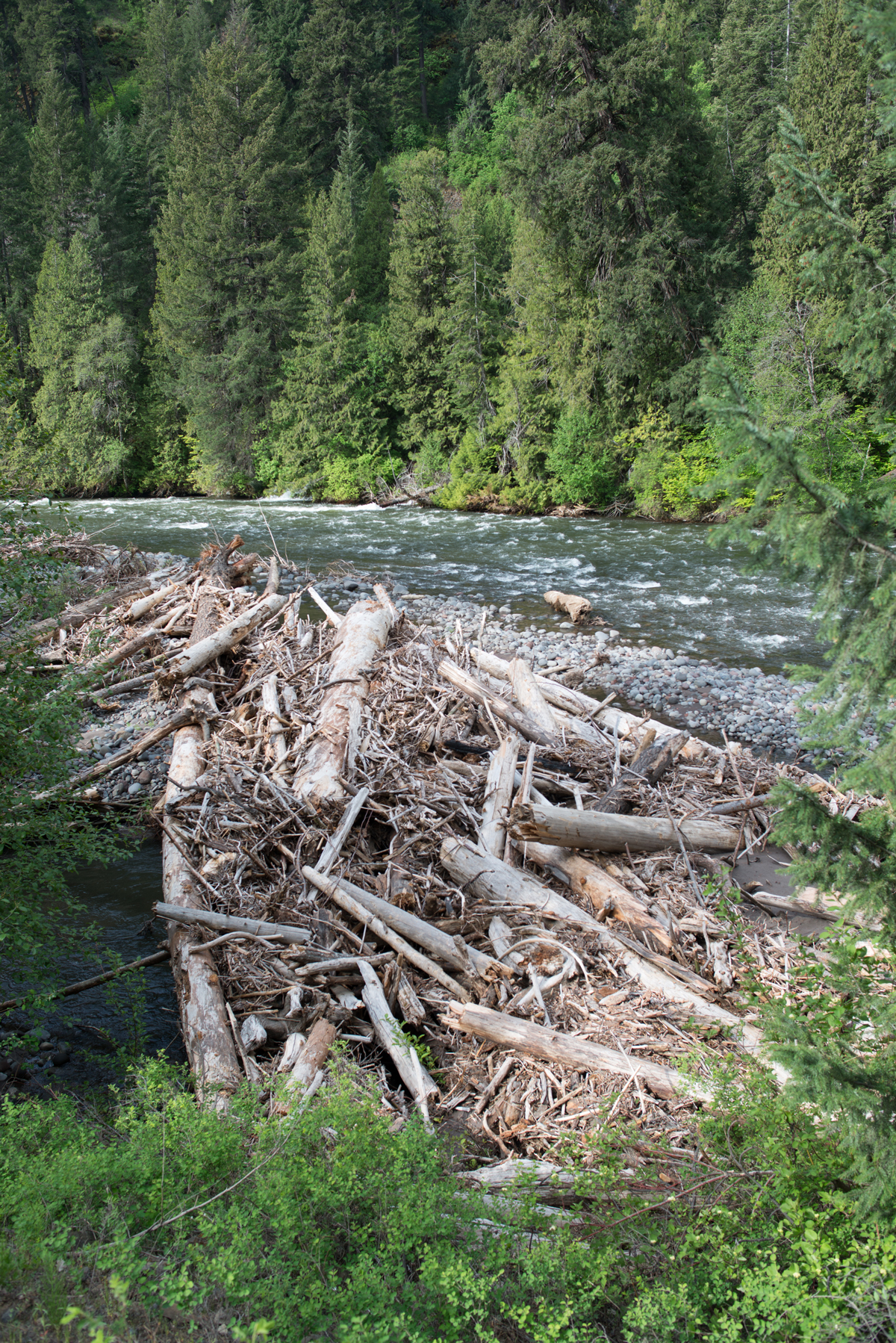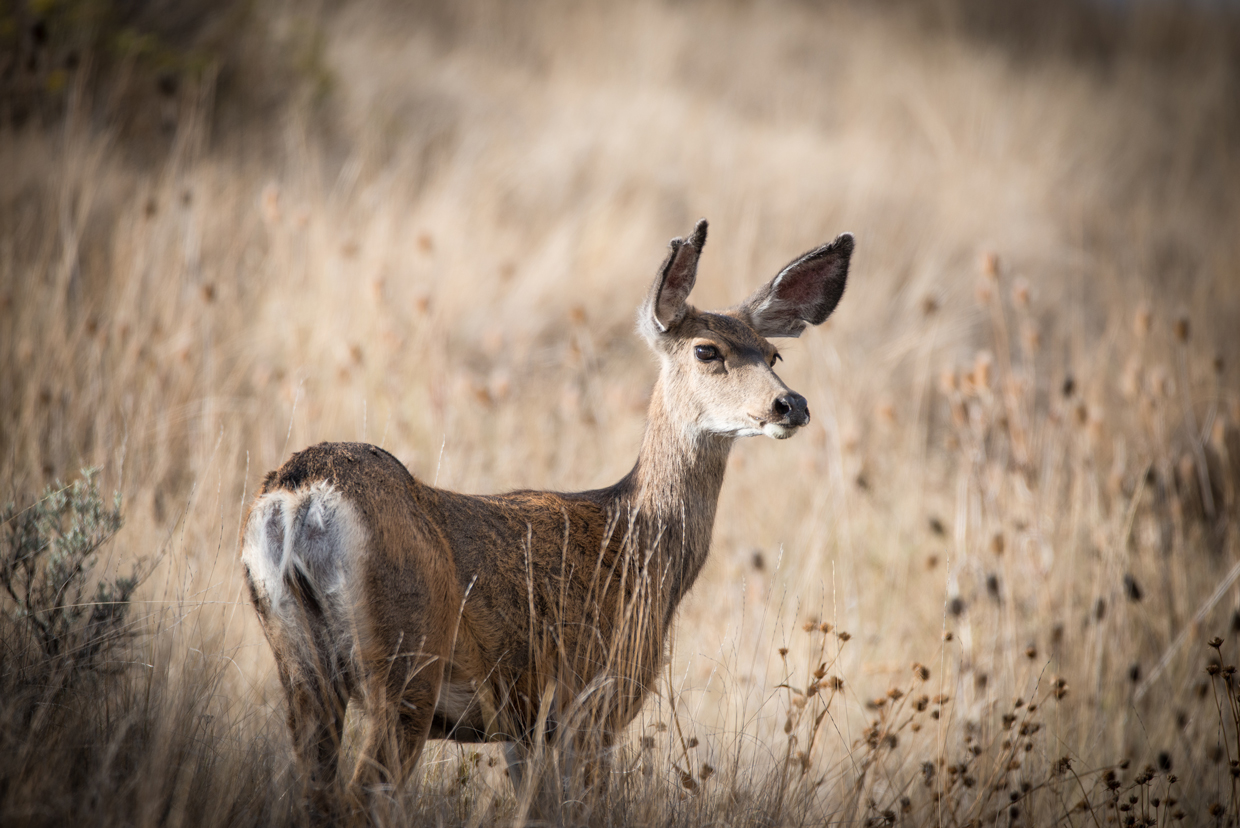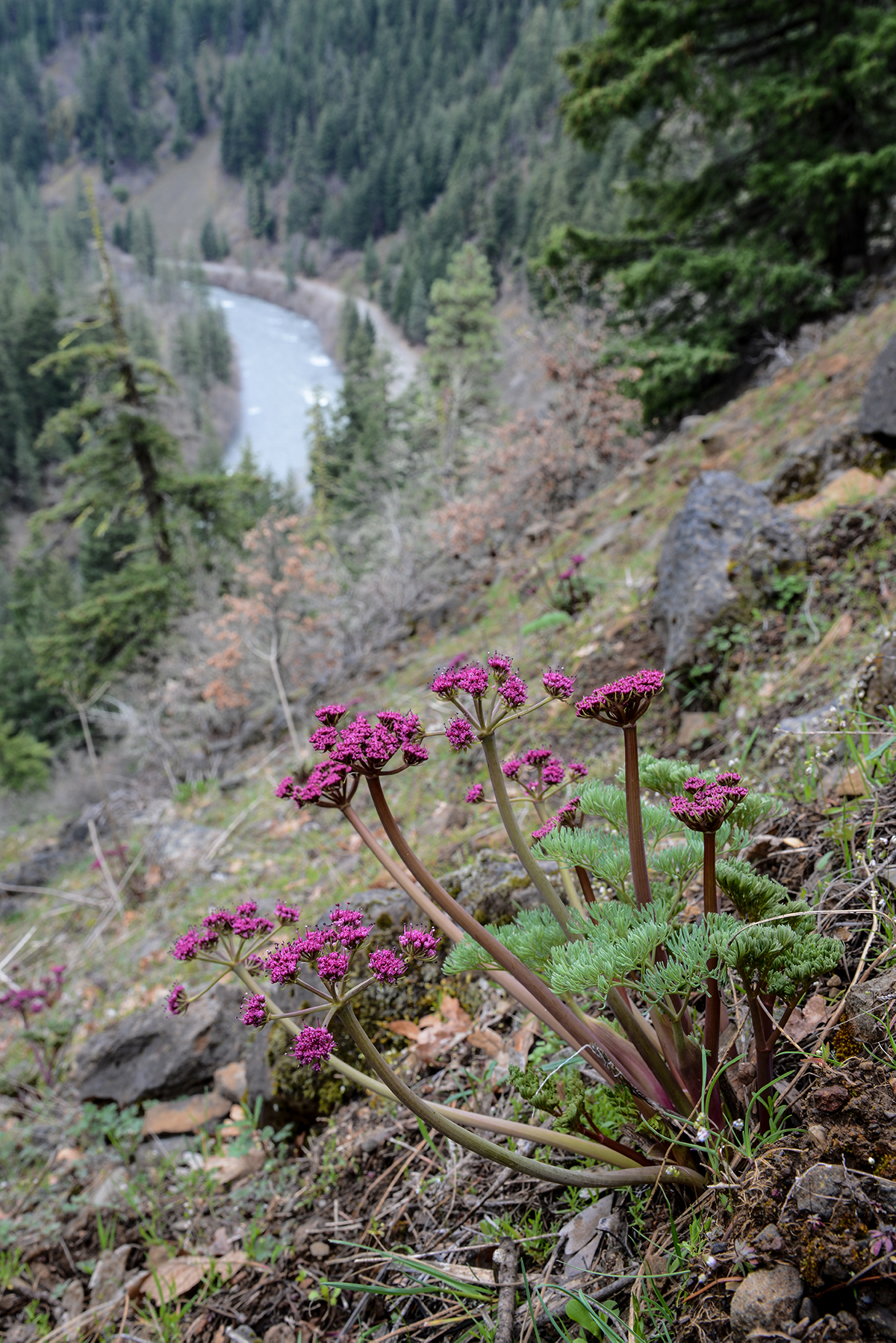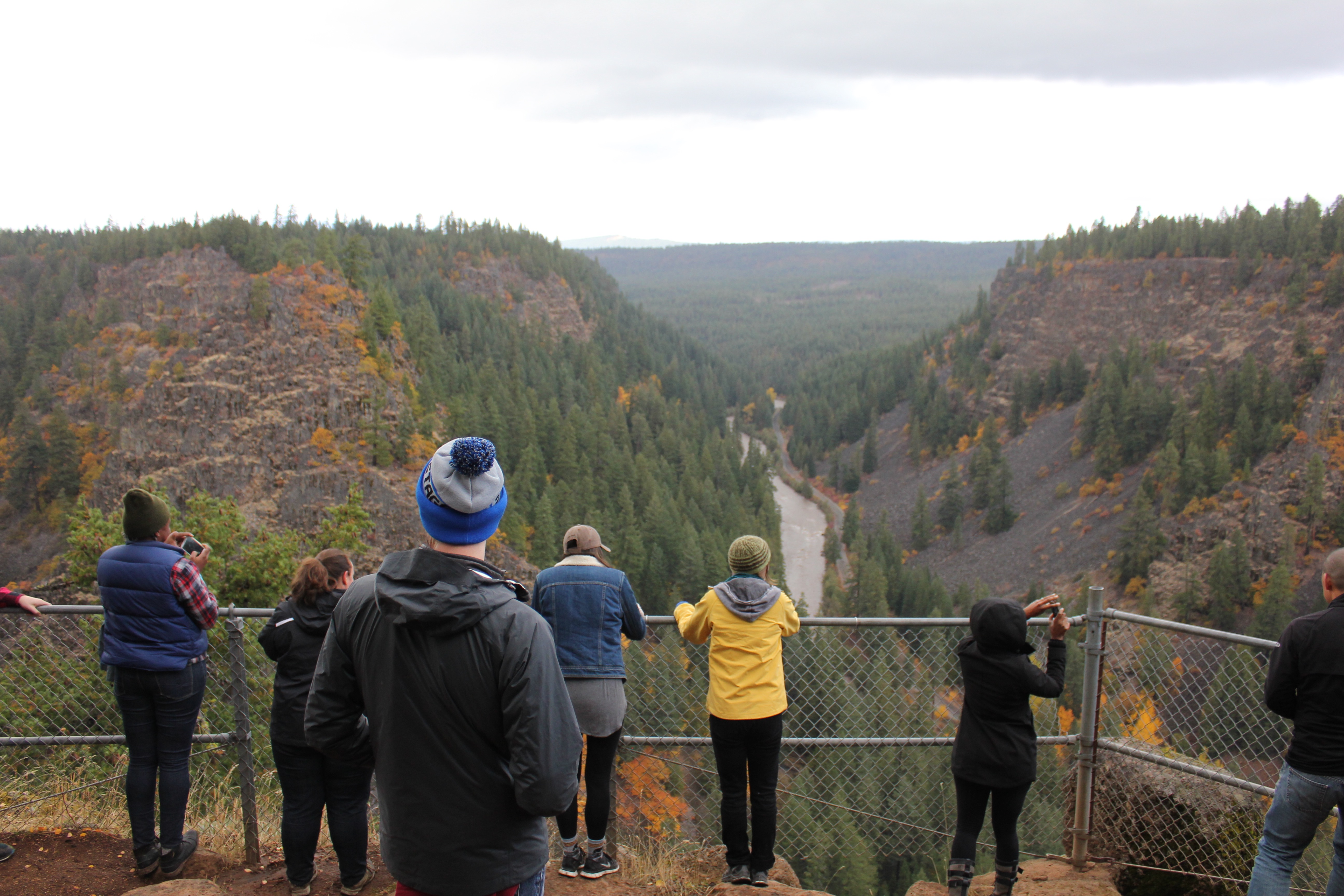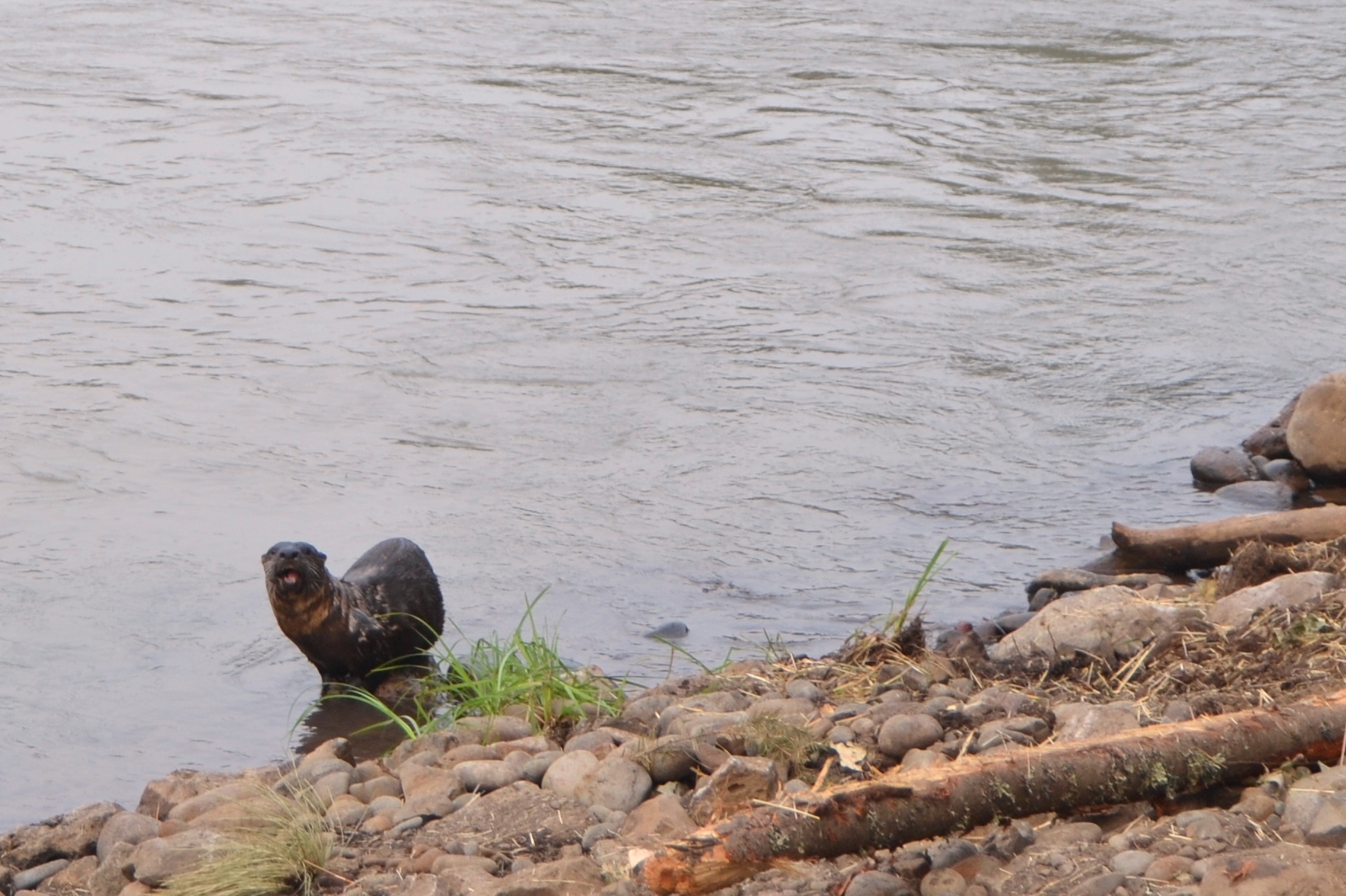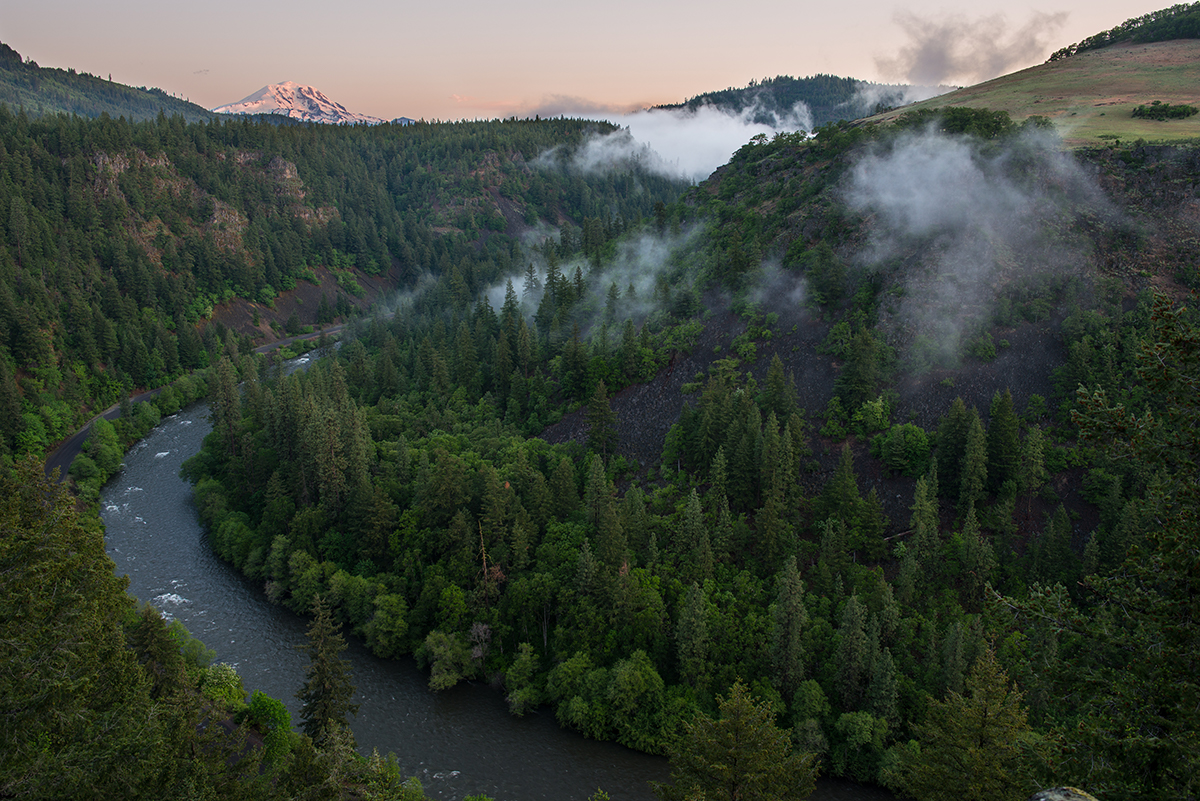A Canyon-sized Step Forward
With a grant from the Washington Wildlife and Recreation Program, the final phase of the Land Trust’s Klickitat Canyon conservation effort is rounding into shape.
All the way back in 2012, Columbia Land Trust mapped out a vision to conserve a stretch of the Klickitat River and about 10,000 acres of forestland in a remote part of Klickitat County known as Klickitat Canyon. At the time, the scale of the project seemed audacious compared to the land transactions the Land Trust had become known for across the Lower Columbia River region. Seven years later, the Land Trust has successfully conserved nearly 6,000 acres across the first two phases of its plan for Klickitat Canyon, and we recently reached another major milestone in our push to conserve the remaining 4,000 acres.
Earlier this month, the Washington Wildlife and Recreation Program (WWRP) awarded the Land Trust a $3 million grant for the third and final phase of the Klickitat Canyon forest conservation area. WWRP, which was established by the state legislature in 1990 to invest in both outdoor recreation and preserve wildlife habitat throughout Washington, selected the project under its critical habitat category.
While the Land Trust still has to raise additional funds to complete the Klickitat Canyon forest conservation area, the $3 million WWRP grant puts the plan on firm footing and serves as a testament to the quality of wildlife habitat we’re seeking to conserve. The Klickitat River, which runs through the canyon, is home to salmon runs as well as some of the best steelhead habitat in Washington. The surrounding basalt cliffs, forests, grasslands, and oak stands provide vital habitat for golden eagles, peregrine falcons, mountain goats, black bear, otter, and at least 400 other species. Moreover, the canyon serves as a crucial migration corridor for elk and deer that travel between the river’s lowlands and upland feeding grounds on Mount Adams. With its steep slopes and varied topography, the region is well-suited to support wildlife as they adapt to a changing climate.
In addition to remarkable habitat, this 10,000-acre conservation effort will help ensure the river and surrounding lands serve as a recreation resource for paddlers, anglers, and hunters. The edge of the canyon offers car turn-offs featuring some of the most impressive vistas in the state. The conservation area includes a community forest and is also a place of deep cultural significance to the Yakama Nation. By conserving this stretch of the canyon, the Land Trust is adding to a network of connected tribal, state, and federal lands, helping to ensure that the region thrives and benefits wildlife and people for generations to come.
We at Columbia Land Trust are grateful to our funders at WWRP, as well as to the additional public and foundation funders, and the generous individual donors who have played, and continue to play, integral roles in turning this 10,000-acre conservation vision into a reality.

